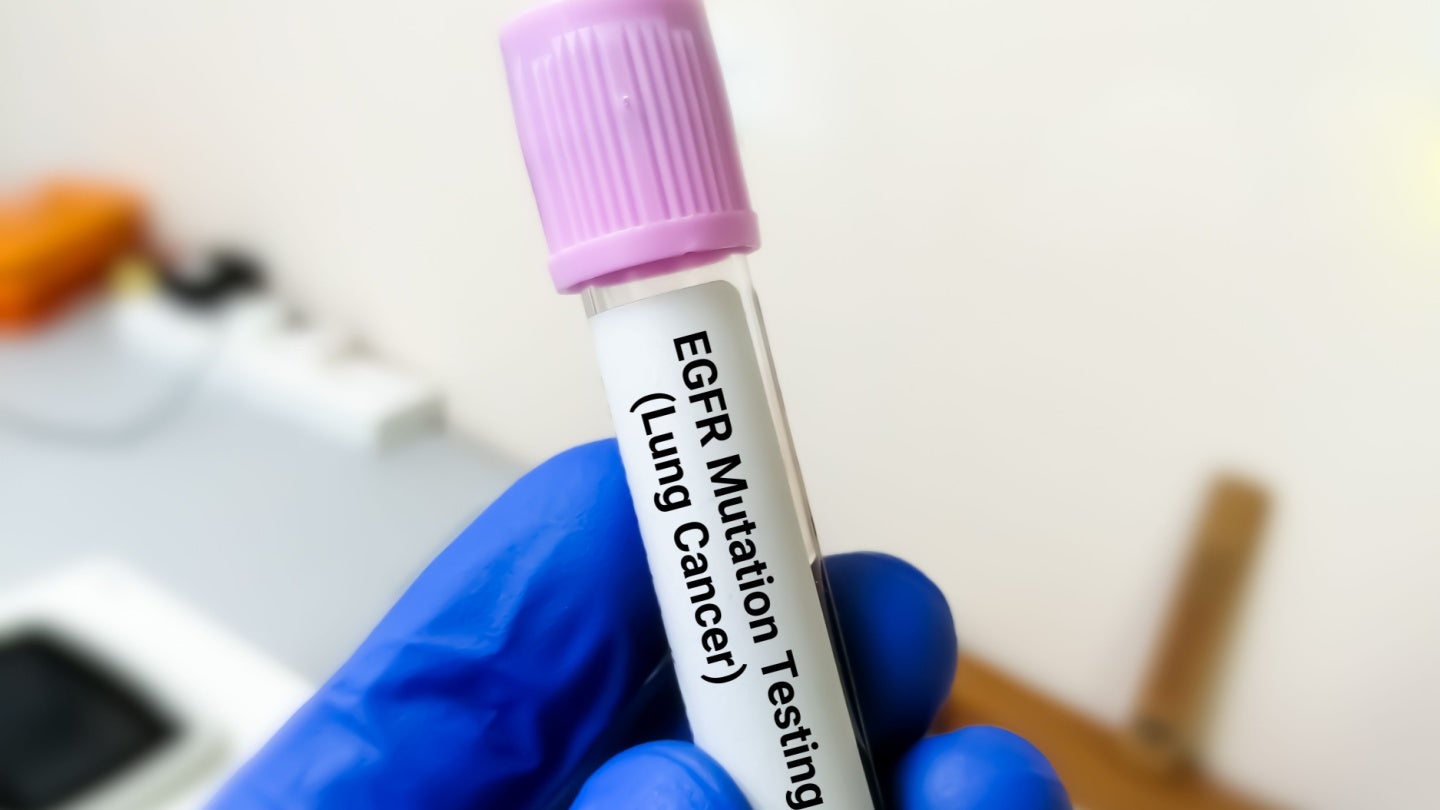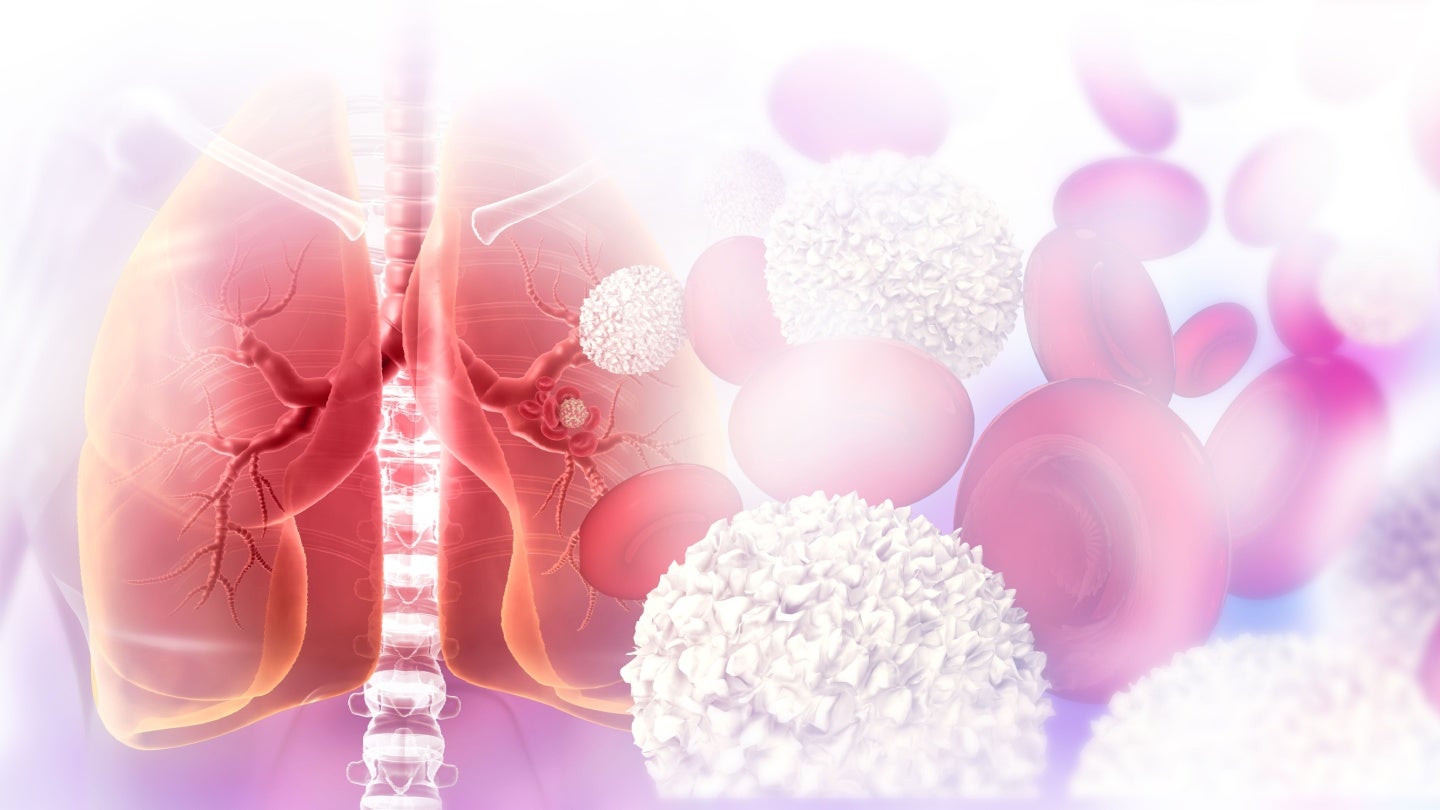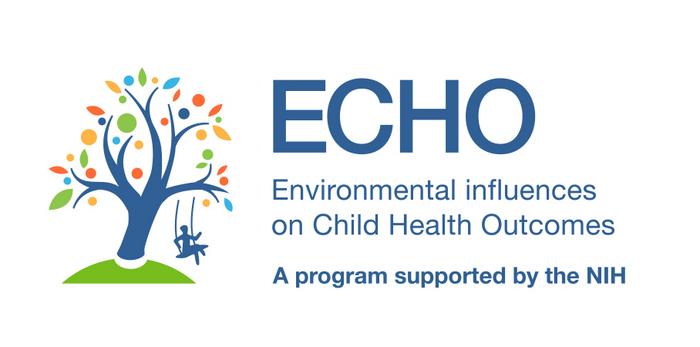New Review Explores Histone and Non-Histone Lysine Lactylation: Unveiling Molecular Mechanisms and Emerging Therapeutic Opportunities
A groundbreaking review published in the latest issue of Molecular Biomedicine illuminates a critical frontier in molecular biology: lysine lactylation (Kla). This novel post-translational modification that bridges cellular metabolism with gene expression and protein function is reshaping our understanding of cellular regulation and disease. Spearheaded by Professor Juan Du and Dr. Xia Peng from Capital […]


A groundbreaking review published in the latest issue of Molecular Biomedicine illuminates a critical frontier in molecular biology: lysine lactylation (Kla). This novel post-translational modification that bridges cellular metabolism with gene expression and protein function is reshaping our understanding of cellular regulation and disease. Spearheaded by Professor Juan Du and Dr. Xia Peng from Capital Medical University’s School of Stomatology, the review advances the field beyond the well-charted territory of histone Kla, systematically unveiling the extensive and diverse roles of non-histone protein lactylation.
Discovered only in 2019, lysine lactylation initially gained recognition as a histone modification linked to epigenetic regulation. Histones, the protein spools around which DNA wraps, are subject to various chemical modifications that dynamically alter chromatin structure and transcriptional activity. Kla on key histone sites such as H3K18la, H3K23la, and H4K12la has been implicated in crucial biological processes including early embryogenesis, immune modulation, metabolic reprogramming in cancer, and tumor progression. However, the new review reveals that Kla’s scope extends far beyond chromatin, modifying a wide spectrum of non-histone proteins, thereby orchestrating multifaceted cellular functions.
One of the major leaps this review achieves is integrating mechanistic insights about the enzymes involved in Kla. The authors present updated information on ‘writers’ that install Kla marks, ‘erasers’ that remove them, and ‘readers’ that recognize lactylated lysines, drawing parallels yet highlighting distinctions between histone and non-histone substrates. Intriguingly, the modification can arise through enzymatic pathways involving L-lactyl-CoA synthetases like ACSS2 and GTPSCS, or via non-enzymatic methods in metabolically active environments. This dual mode of Kla regulation underscores its adaptability as a metabolic sensor and effector.
.adsslot_Ocwk2hHfxY{width:728px !important;height:90px !important;}
@media(max-width:1199px){ .adsslot_Ocwk2hHfxY{width:468px !important;height:60px !important;}
}
@media(max-width:767px){ .adsslot_Ocwk2hHfxY{width:320px !important;height:50px !important;}
}
ADVERTISEMENT
Non-histone protein lactylation is emerging as a powerful regulator of cellular processes far removed from canonical epigenetics. For instance, lactylation of Vps34 plays a pivotal role in autophagy, a fundamental cellular housekeeping pathway. Similarly, Tau-Kla influences ferroptosis, a form of regulated cell death linked to neurodegenerative diseases. Immune signaling pathways are also modulated via lactylation of proteins such as RIG-I and BCAP, implicating Kla in antiviral defense and inflammatory responses. This broadened landscape reveals Kla as a nexus connecting metabolic states to diverse cell functions.
The review also outlines the functional and pathological relevance of Kla in cancer biology. Histone Kla promotes tumor angiogenesis through epigenetic activation of key players like HIF1-ɑ and Vegf, aiding tumor vascularization. Beyond histones, non-histone lactylation of proteins such as YY1 and Sema3A influences the tumor microenvironment by regulating FGF2 and HIF1-ɑ, respectively. Moreover, Kla on enzymes like LDHA modulates glycolytic flux, directly impacting cancer cell proliferation. These insights open new avenues for targeting metabolic-epigenetic crosstalk in oncology.
Importantly, the authors shed light on Kla’s integral role in tumor immunity. Histone Kla can modulate T cell responses, shaping immune surveillance. Meanwhile, lactylation of ALKBH5, CBX3, and the innate immune sensor RIG-I fine-tunes expression of immune checkpoint molecules and inflammation regulators like IFN-R, CD47, and NLRP3. This highlights Kla’s potential as a lever for immunotherapeutic strategies, a rapidly evolving frontier in cancer treatment.
Advancing technical capabilities have propelled Kla research to new heights. The review emphasizes cutting-edge detection techniques such as CUT&Tag and tandem mass spectrometry that afford site-specific mapping of lactylation marks with unprecedented resolution. These innovations enable precise dissection of Kla landscapes in physiological and pathological contexts, facilitating the development of Kla-targeted diagnostics and therapeutics.
Moreover, the review situates Kla within a broader pathological spectrum, linking it to cardiovascular disease, sepsis, and neurodegeneration. For instance, the association of histone H3K18la with macrophage polarization and pulmonary hypertension suggests Kla’s involvement in inflammatory and vascular disorders. This expansive disease relevance positions Kla as a critical node in metabolic signaling with far-reaching clinical implications.
Notably, Prof. Du and Dr. Peng emphasize that Kla represents an underappreciated epigenetic and post-translational modification axis. Their comprehensive synthesis underscores the need to bridge previous histone-centric approaches with emerging evidence of non-histone protein lactylation. Understanding this axis could illuminate key mechanisms whereby metabolic dysregulation rewires cellular behavior, advancing both fundamental biology and translational medicine.
Ultimately, this authoritative review represents a call to action for the scientific community. By systematically integrating knowledge of histone and non-histone lactylation, the authors unveil promising therapeutic targets across cancer, immunity, and metabolic disorders. The Kla axis is poised to become a vibrant area of research, revolutionizing our grasp of how metabolic cues sculpt the cellular proteome and epigenome to influence health and disease.
With metabolism at the helm of cellular regulation, lysine lactylation emerges as a master regulator, deftly linking metabolic environments to intricate biological outcomes. As Kla research gains momentum, its clinical translation offers hope for new interventions tailored to the metabolic landscapes of complex diseases. This review by Du and Peng not only synthesizes the current state of the field but establishes a roadmap for the future, heralding a new era in molecular biomedicine where metabolism and epigenetics converge through lactylation.
Subject of Research: Lysine lactylation (Kla) in histone and non-histone proteins: molecular mechanisms, biological functions, and therapeutic potential
Article Title: Histone and non-histone lactylation: molecular mechanisms, biological functions, diseases, and therapeutic targets
News Publication Date: 9-Jun-2025
Web References: DOI: 10.1186/s43556-025-00275-6
Image Credits: Juan Du
Tags: cellular metabolism and gene expressioncomprehensive review on lactylationDr. Xia Peng and molecular biomedicineemerging therapeutic strategies in molecular biologyepigenetic regulation in cancerhistone lactylation and chromatin structurelysine lactylation mechanismsmetabolic reprogramming in cancernon-histone protein modificationspost-translational modifications in diseaseProfessor Juan Du research contributionsroles of lactylation in immune modulation
What's Your Reaction?


































